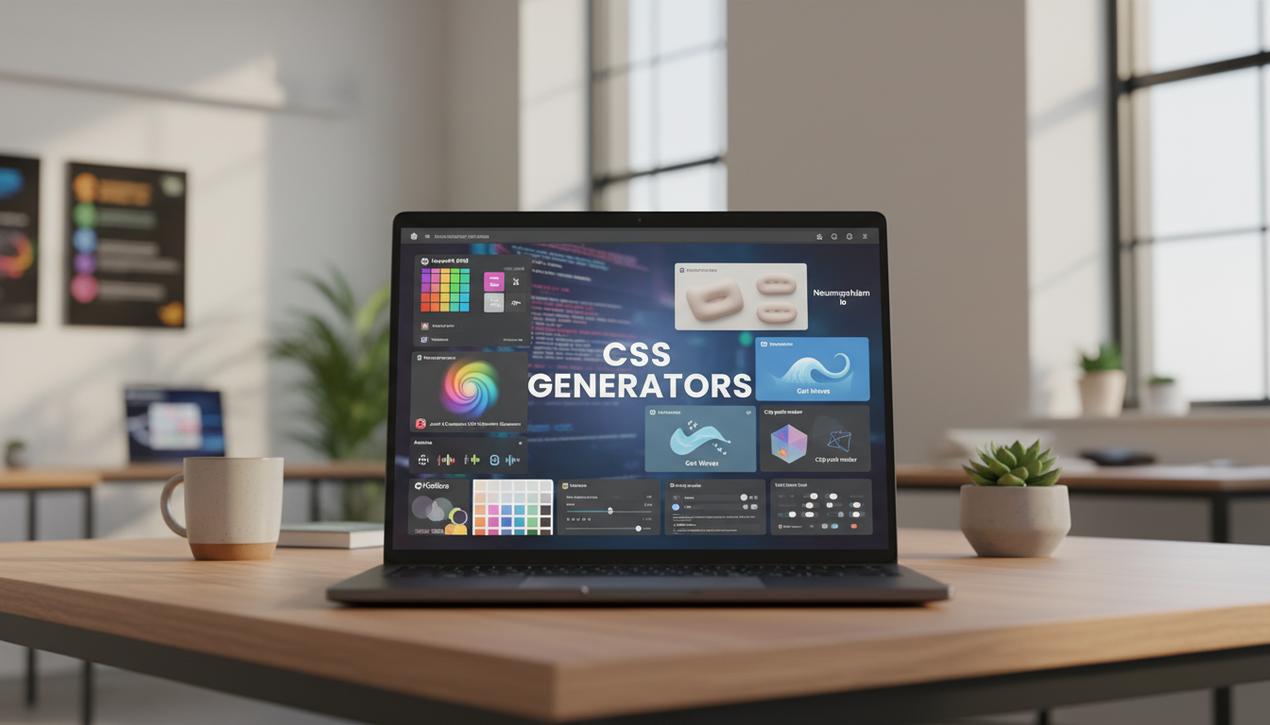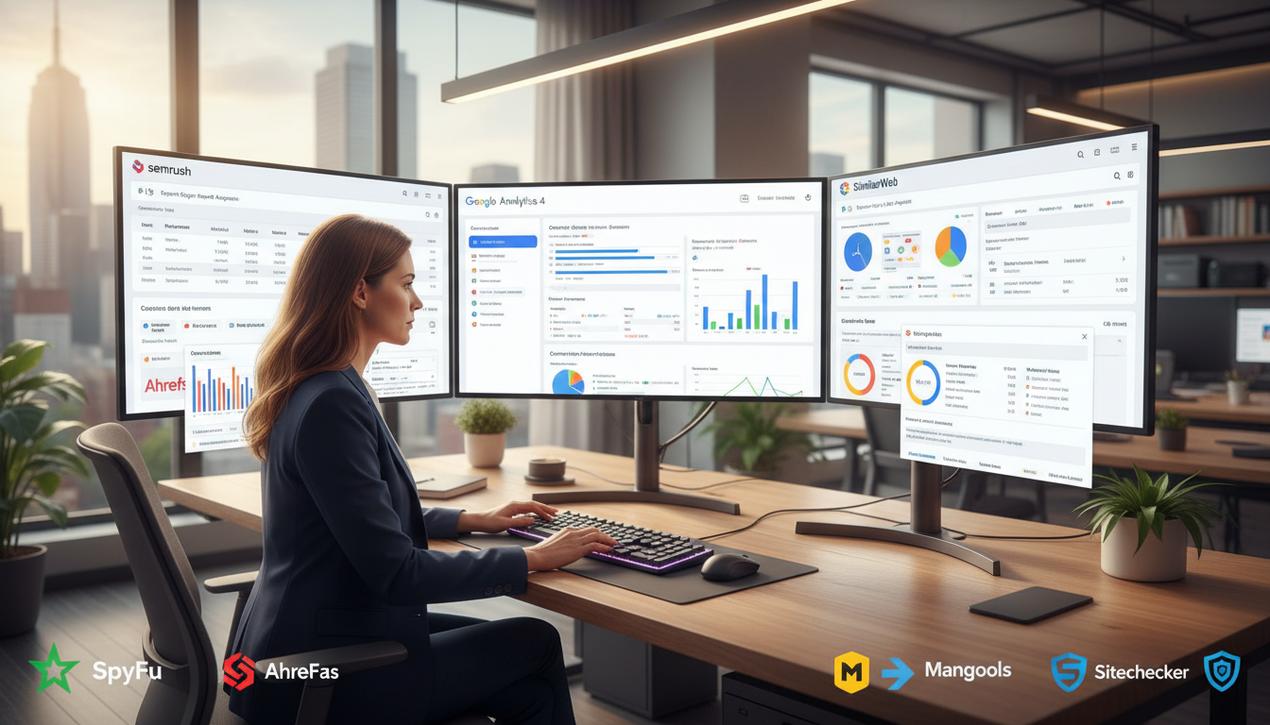Top 12 Inventory Management Software Solutions for 2025


Inventory management is the backbone of any business that sells physical goods, whether it’s an e-commerce store, a retail chain, or a distribution center. Mismanaging it can lead to frustrating stockouts that damage customer loyalty or costly overstocking that ties up cash flow. Fortunately, the days of manual inventory counts on endless spreadsheets are over. In 2025, the inventory management software market is more dynamic than ever, projected to grow at a CAGR of over 6.4% globally. This growth is fueled by the relentless expansion of e-commerce and the increasing complexity of supply chains. Modern solutions can reduce inventory errors by over 95% and boost operational efficiency by up to 30%. They provide real-time visibility, automate reordering, and seamlessly integrate with other business tools. Faced with a vast array of options, choosing the right software can be challenging. That’s why we’ve analyzed the market to bring you a curated list of the 12 best inventory management software solutions, designed to meet the diverse needs of businesses of all sizes, from small businesses to large enterprises.
Why Use an Inventory Management Software?
Investing in inventory management software is not an expense; it’s a strategic move for growth. The benefits are immediate and impact every facet of your operations. First, you gain real-time visibility across all your products, warehouses, and sales channels. This allows for informed, data-driven decisions and prevents selling out-of-stock items. Second, the automation of repetitive tasks—like updating stock levels or triggering purchase orders—frees up valuable time for your team to focus on more strategic activities. Third, precise inventory control drastically cuts costs associated with overstocking (storage, insurance) and reduces losses from expired or obsolete products. Finally, by ensuring product availability, you significantly improve customer satisfaction and build long-term loyalty, which is critical in today’s competitive market.
Key Inventory Management Trends in 2025
The inventory management sector is undergoing a profound transformation, driven by major technological innovations that are redefining logistical efficiency. In 2025, several key trends are shaping the industry:
- Artificial Intelligence (AI): AI is no longer a futuristic concept but a core feature in modern software. It is used for demand forecasting, optimizing reorder points, and identifying slow-moving products, allowing businesses to be proactive rather than reactive.
- Cloud-Based (SaaS) Solutions: The vast majority of new solutions are cloud-based. This model offers unmatched flexibility, accessibility from any device, and the scalability to grow with your business without heavy upfront investment in infrastructure.
- Automation and Robotics: In warehouses, automation through Warehouse Management Systems (WMS) is becoming more accessible. This technology optimizes picking, packing, and shipping processes, leading to faster fulfillment and fewer errors.
- Omnichannel Synchronization: Modern consumers shop across multiple channels. Real-time inventory syncing across online stores, physical locations, and marketplaces is now a standard expectation to provide a seamless customer experience.
- Enhanced Traceability and Sustainability: Consumers are demanding greater transparency. Software now includes advanced tracking features like lot and serial number tracing and helps optimize logistics to reduce a company’s carbon footprint.
Our Selection of the 12 Best Inventory Management Software
We have selected 12 solutions that stand out for their features, target audience, and business model. This list covers a wide range of needs, from comprehensive ERP systems to specialized tools for small businesses.
1. Dolibarr: The Open-Source and Modular ERP
Best for: SMBs, startups, and non-profits looking for a comprehensive, free solution and who are comfortable with hands-on configuration.
Key Features: Dolibarr is much more than an inventory manager; it’s a full ERP/CRM suite for managing customer relationships, accounting, projects, and HR. Its open-source nature and active community ensure continuous improvement. Its greatest strength is its modularity—you only activate the features you need.
Pricing: The software itself is free. However, setup can require technical expertise, and hiring a Dolibarr specialist is often recommended for optimal configuration.
2. Odoo: The Integrated Suite of Business Apps
Best for: Businesses of all sizes, from startups to large corporations, that want a modern, integrated, and scalable solution.
Key Features: Odoo offers a suite of interconnected applications (sales, inventory, accounting, etc.) with a highly intuitive user interface. Process automation is at its core, significantly boosting efficiency. The inventory management module is particularly powerful and flexible.
Pricing: Odoo uses an attractive freemium model. You can use a single app (like inventory) for free with unlimited users. Paid plans for multiple apps start from around $20/user/month.
3. Timly: QR Code-Based Inventory Management
Best for: Companies in various sectors (retail, manufacturing, services) needing to track physical goods and assets in a simple, visual way.
Key Features: Timly focuses on simplicity and mobility. This cloud-based software allows you to track every item via a unique QR code, facilitating real-time updates from a smartphone. Its automatic notifications help prevent stockouts, and its built-in scanner minimizes data entry errors.
Pricing: Plans start from approximately $199/month (Essential+) for digital inventory management and unlimited users.
4. Erplain: The Solution Designed for Small Businesses
Best for: Small businesses, wholesalers, and distributors looking for a simple tool to centralize inventory, B2B sales, and purchasing.
Key Features: Erplain excels in its simplicity and efficiency. It provides real-time stock visibility, lot number traceability, and integrates seamlessly with tools like Shopify and QuickBooks. Creating quotes, purchase orders, and invoices is highly intuitive.
Pricing: Pricing ranges from $29/month (Business plan) to $219/month (Elite plan), offering flexibility as your business grows.
5. Monstock: The Power of No-Code and AI
Best for: SMBs and large enterprises in retail, manufacturing, or healthcare that want an intelligent, mobile-first solution.
Key Features: Monstock uses AI algorithms to optimize order preparation and provides complete product traceability. Its no-code approach allows for extensive customization without needing a developer. The mobile app is one of the most comprehensive on the market for on-the-go management.
Pricing: Offers are very competitive, starting at around $16/year per main user for the Essential plan.
6. Axonaut: The All-in-One Business Tool
Best for: SMBs, particularly in Europe, seeking a comprehensive tool (ERP/CRM) compliant with local regulations like electronic invoicing.
Key Features: Axonaut simplifies overall business management: quotes, invoices, cash flow, inventory, CRM, and HR. Its strengths are its high degree of automation and a clean interface. Data is hosted securely, a key consideration for many businesses.
Pricing: The first user is priced at approximately $75/month, with discounts for additional users and long-term commitments.
7. Zoho Inventory: Powerful and Affordable
Best for: SMBs, especially those in e-commerce, needing a robust and integrated inventory management solution.
Key Features: As part of the vast Zoho ecosystem, Zoho Inventory integrates perfectly with Zoho CRM, Books, and more. It handles end-to-end tracking, multi-channel orders, lot traceability, and connects with major e-commerce platforms and shipping carriers.
Pricing: Offers a very generous free plan. Paid plans are highly affordable, starting from $59/month per organization.
8. Microsoft Dynamics 365: The Enterprise-Grade Solution
Best for: Medium to large enterprises that require a comprehensive, unified, and AI-driven ERP and supply chain solution.
Key Features: Dynamics 365 provides a 360-degree view of finance, production, and the supply chain. Its AI-powered predictive analytics help optimize stock levels and automate procurement proactively, turning the supply chain into a strategic asset.
Pricing: Available by quote, with pricing tailored to the size and complexity of the enterprise.
9. Exact for Wholesale & Distribution: Precision for Professionals
Best for: Wholesale and distribution companies managing complex supply chains.
Key Features: Exact is an ERP that seamlessly integrates order management, inventory, and accounting. It provides a real-time view of warehouse efficiency and delivery reliability. Its flexibility allows it to support over 40 languages and legal systems.
Pricing: Pricing is available by quote after a needs analysis by their sales team.
10. OpenConcerto: The Power of Open Source
Best for: SMBs looking for an open-source alternative to expensive proprietary solutions, with strong accounting features.
Key Features: OpenConcerto is free for life, and its source code is accessible, allowing for full customization. It can manage multiple companies, currencies, and users, making it suitable for businesses with subsidiaries.
Pricing: The software is free. A secure cloud hosting offer is available for around $60/month for 5 users.
11. Dolisim: The Specialist in Detailed Tracking
Best for: SMBs and multinational corporations with very precise traceability needs (lots, expiration dates, barcodes).
Key Features: Dolisim focuses on optimizing inventory in real-time with customizable alerts to prevent stockouts. It excels at advanced lot management and centralizing supplier relationships. It is available in 83 languages.
Pricing: Positioned as a premium tool, with Pro plans at approximately $2,800/month and Premium plans at $4,300/month.
12. Easy WMS by Mecalux: For Advanced Warehouse Management
Best for: Businesses looking not just for inventory software, but a complete solution to optimize the operations of one or more warehouses.
Key Features: Easy WMS is a pure Warehouse Management System (WMS). It optimizes storage space, picking productivity, and reduces errors to nearly 99%. It integrates with existing ERPs for end-to-end logistics management.
Pricing: Available by quote, depending on the complexity of the warehouse to be equipped.
How to Choose the Right Inventory Management Software
With such a diverse landscape, your choice should be guided by a clear analysis of your needs. Here are the essential criteria to evaluate:
- Business Size and Growth: Select a solution that can scale with you. Don’t start with an overly complex tool, but ensure it won’t limit you in two years.
- Integrations: Your inventory software must communicate flawlessly with your e-commerce platform (Shopify, BigCommerce), accounting software, CRM, and shipping carriers.
- Ease of Use: An intuitive interface is crucial for quick adoption by your team and to minimize errors.
- Specific Features: Do you need multi-warehouse management? Serial number tracking? A mobile app for barcode scanning? List your non-negotiable requirements.
- Budget: Compare the total cost of ownership (TCO), which includes subscription fees, potential setup costs, and ongoing support.
Choosing the right inventory management software is a strategic decision that will directly impact your profitability and customer satisfaction. Whether you opt for a flexible open-source solution like Dolibarr, an all-in-one tool like Axonaut, or an e-commerce specialist like Zoho Inventory, the goal is the same: to transform your inventory from a cost center into a competitive advantage. Take the time to analyze your processes, test several solutions using free trials, and invest in the tool that will support your growth for years to come.




